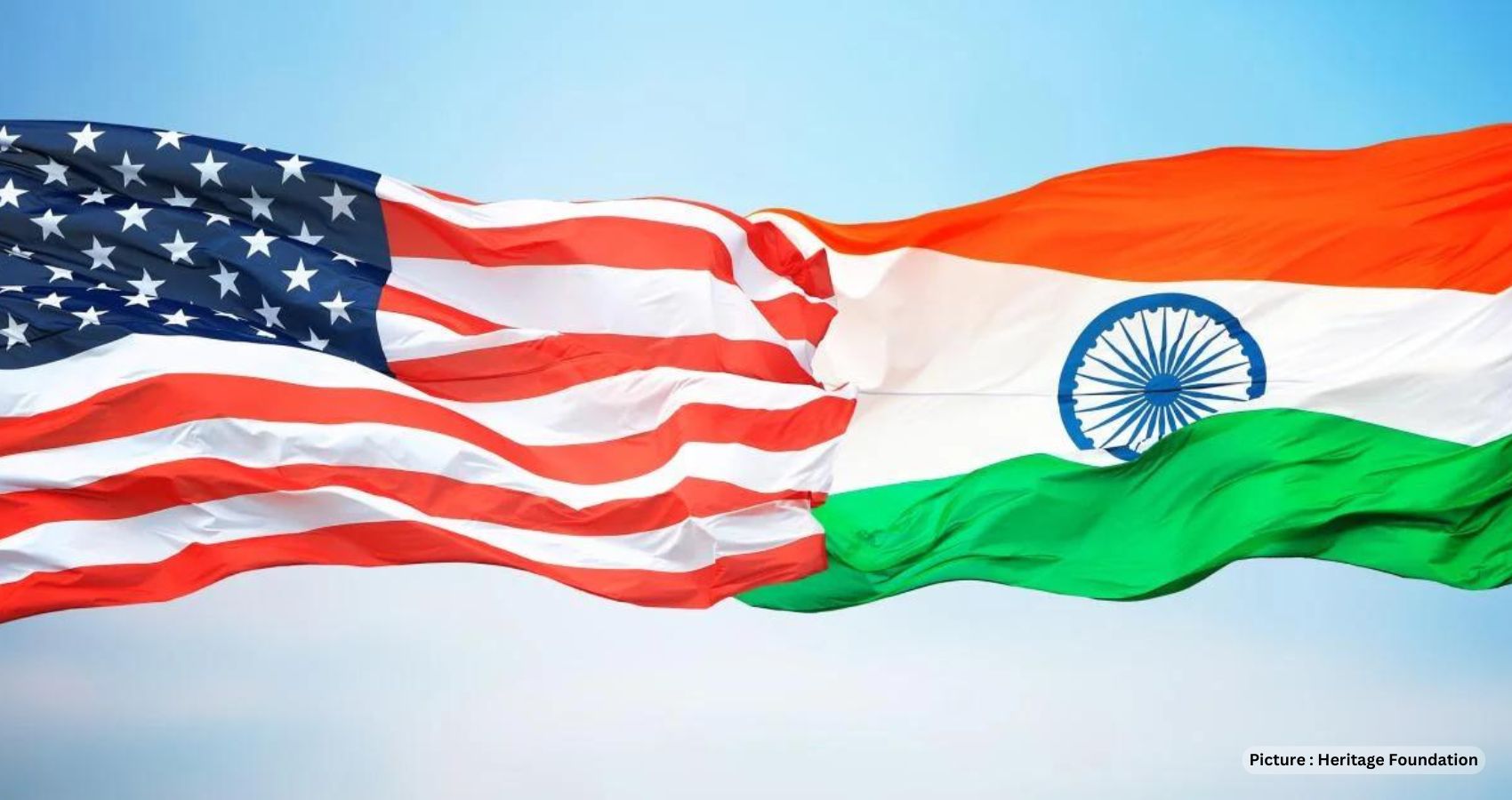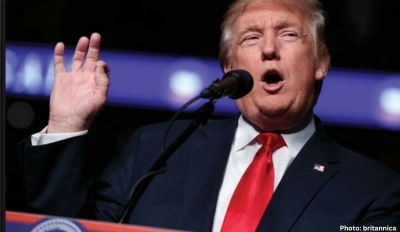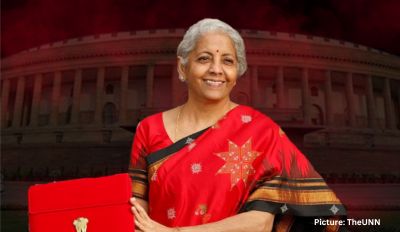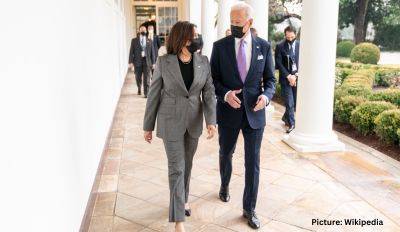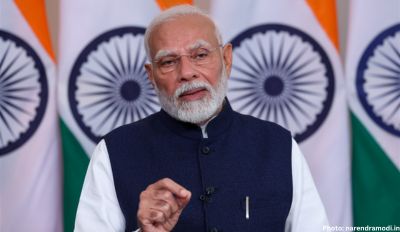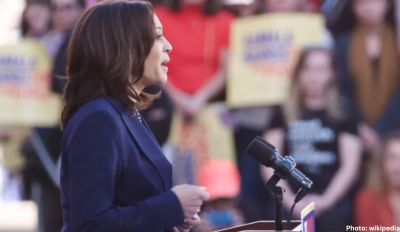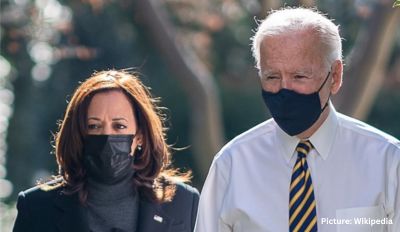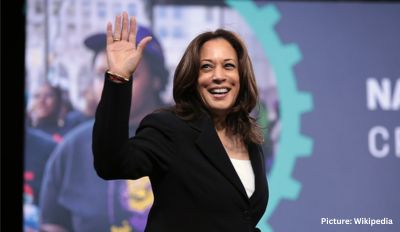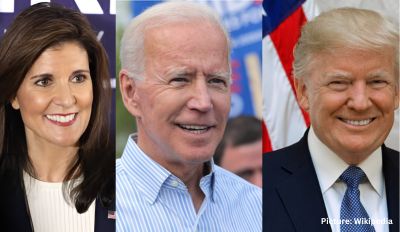In 2006, then-Senator Joe Biden expressed his hope that by 2020, India and the United States would become “the two closest nations in the world.” Although this dream has not yet been fully realized, Biden is taking significant steps to strengthen the bond between the two countries, particularly in economic and military spheres, as Indian Prime Minister Narendra Modi prepares for a visit next week.
The US capital is set to welcome Modi with a state dinner, marking the third such event hosted by the Biden administration following the visits of French President Emmanuel Macron and South Korean President Yoon Suk-yeol within the last year. In addition, Modi is scheduled to address a joint session of Congress for the second time during his tenure as India’s prime minister.
More than just symbolic gestures, the US aims to further integrate India into its manufacturing and defense sectors, while simultaneously reducing India’s reliance on Russian military resources and US supply chain dependence on China. Though official announcements have yet to be made, several agreements concerning semiconductor chips and fighter jet engines have been anticipated for some time, supported by recent visits from Secretary of Defense Lloyd Austin and National Security Advisor Jake Sullivan to New Delhi. This week, reports emerged of a deal for India to purchase over two dozen American drones.
Taranjit Singh Sandhu, India’s ambassador to Washington, spoke of the upcoming visit, stating that “the ceremonial and substantive parts of the visit will fully complement each other and will be unparalleled.” While the India-US relationship has experienced its share of challenges, both nations are increasingly focusing on technology as a key area for collaboration. Sandhu emphasized that tech serves as “the master key to unlock the real potential in the relationship.”
In preparation for this partnership, officials from both countries have been working on various initiatives, including iCET (initiative on critical and emerging technology), which was launched in January by Sullivan and his Indian counterpart, Ajit Doval. This initiative promotes cooperation in fields such as artificial intelligence, quantum computing, space exploration, semiconductors, and defense technology. Notably, progress has been made with regard to semiconductors and defense technology, including a bilateral semiconductor supply chain partnership signed by US Secretary of Commerce Gina Raimondo and Indian Commerce Minister Piyush Goyal in March, as well as the India-US Defense Acceleration Ecosystem (INDUS-X) announced during Austin’s visit to New Delhi earlier this month.
Significant advancements are anticipated in the defense sector, particularly if recent talks on joint production of jet engines, long-range artillery, and military vehicles come to fruition during Modi’s visit. Rudra Chaudhuri, director of New Delhi-based think tank Carnegie India, noted that this collaboration represents “genuine tech transfer,” making it “a big deal.”
In some respects, this partnership presents an opportunity for a strategic alliance. With approximately half of India’s military equipment originating from Russia, New Delhi has been seeking to diversify its supply sources for years. The ongoing conflict in Ukraine has intensified this need, providing Washington with an opening to further develop defense ties with India. Aparna Pande, director of the India Initiative at the Hudson Institute, explained that “this is one chance where if India can be weaned away because of a lack of supply parts, problematic equipment, or Russia getting closer to China, [you can] maybe convince India to purchase more from the United States and U.S. partners and allies.”
The growing mutual concern over China’s influence has brought Washington and New Delhi closer together. India’s relationship with China soured earlier and more dramatically due to border conflicts and a subsequent purge of Chinese technology, including the infamous TikTok ban. Furthermore, China’s naval expansion into the Indian Ocean has alarmed India and emphasized the importance of the Quad group of countries.
As the world’s most populous country, India presents an attractive alternative to China for global tech supply chains. With a large and young labor force, skilled engineers, and relatively low manufacturing costs, India is well-positioned to replace China in many aspects. The “Make in India” program, championed by Prime Minister Modi, offers tax incentives to further boost the country’s manufacturing capabilities. While economic factors once dictated the landscape of global technology production, geopolitics now play a crucial role.
Mukesh Aghi, CEO of the U.S.-India Strategic Partnership Forum, highlights the shift: “There’s a sense of Balkanization taking place” in global tech supply chains, adding that “geopolitical stress points are driving the tech agenda.” However, challenges remain, such as India’s history of protectionism and bureaucratic red tape, which have hindered the development of manufacturing infrastructure required to compete with China.
Despite these obstacles, President Biden and Prime Minister Modi continue to foster a positive atmosphere for collaboration. Atul Keshap, head of the U.S. Chamber of Commerce’s U.S.-India Business Council, notes, “The two governments tried for a long time to figure out what government-to-government interaction would look like, and now I think they’re realizing the value of letting the private sector collaborate.”
Nonetheless, this newfound partnership may come at the expense of addressing concerns about the state of democracy in India. The Biden administration has been increasingly hesitant to publicly criticize Modi’s restrictions on free speech and violence against minorities. Aparna Pande, director of the India Initiative at the Hudson Institute, explains, “There is a desire to emphasize the strategic and the national security imperative over the domestic imperative.” In the current context, she says, “India is important, and so what the U.S. is preferring to do is convey a lot of what it wants to say in private and not in public.”

